We recently connected with Hannah Franco and have shared our conversation below.
Hannah, thanks for taking the time to share your stories with us today Did you always know you wanted to pursue a creative or artistic career? When did you first know?
I was ten years old when I announced to my mother that I was going to be an artist. Not that I wanted to be—that I was going to be. That certainty came from somewhere deep and unshakeable. It was encouraged by an extraordinary fourth-grade teacher who introduced me to Georgia O’Keeffe, Cy Twombly, and Rothko. She didn’t just show me their work—she asked me what i felt, what i saw, what moved me. She treated my ten-year-old perspectives as legitimate, worthy of consideration. That kind of validation was transformative at that age so I was fully in.
I also grew up surrounded by artists. My mother is one of 8 siblings, and among them are dancers, painters, creators of all kinds. Art wasn’t aspirational in my family—it was atmospheric. My aunts would invite me into their studios, and I’d watch them paint for hours I think that’s where I learnt how to make the unknown become the known. One of my favorite core memories was when my mom let us paint directly on the walls, floor to ceiling of our house before we stripped the wallpaper. I think that’s when I fell in love with scale, with the audacity of filling a whole wall. But more than that, it taught me that everything holds potential for transformation, for art.
The women in my life created space for me to believe this was possible.
But I’m also a Midwesterner, and practicality has a way of taking hold. There’s a particular kind of fear that lives in that tension—the fear of failure, of impracticality, of taking up too much space. Being a full-time artist means running your own business, and the act of creating itself is an incredibly vulnerable exposure of the spirit. For women especially, it requires an enormous amount of confidence to claim that space when society would rather we stay small.
It took me years and a wandering path through other creative fields—including running my own company—to realize that the fear of failure didn’t matter. My painting practice kept calling me back, And when I finally returned to it, I was more ready than I’d ever been. Now, I feel a deep, cellular knowing that I’m living in my purpose.
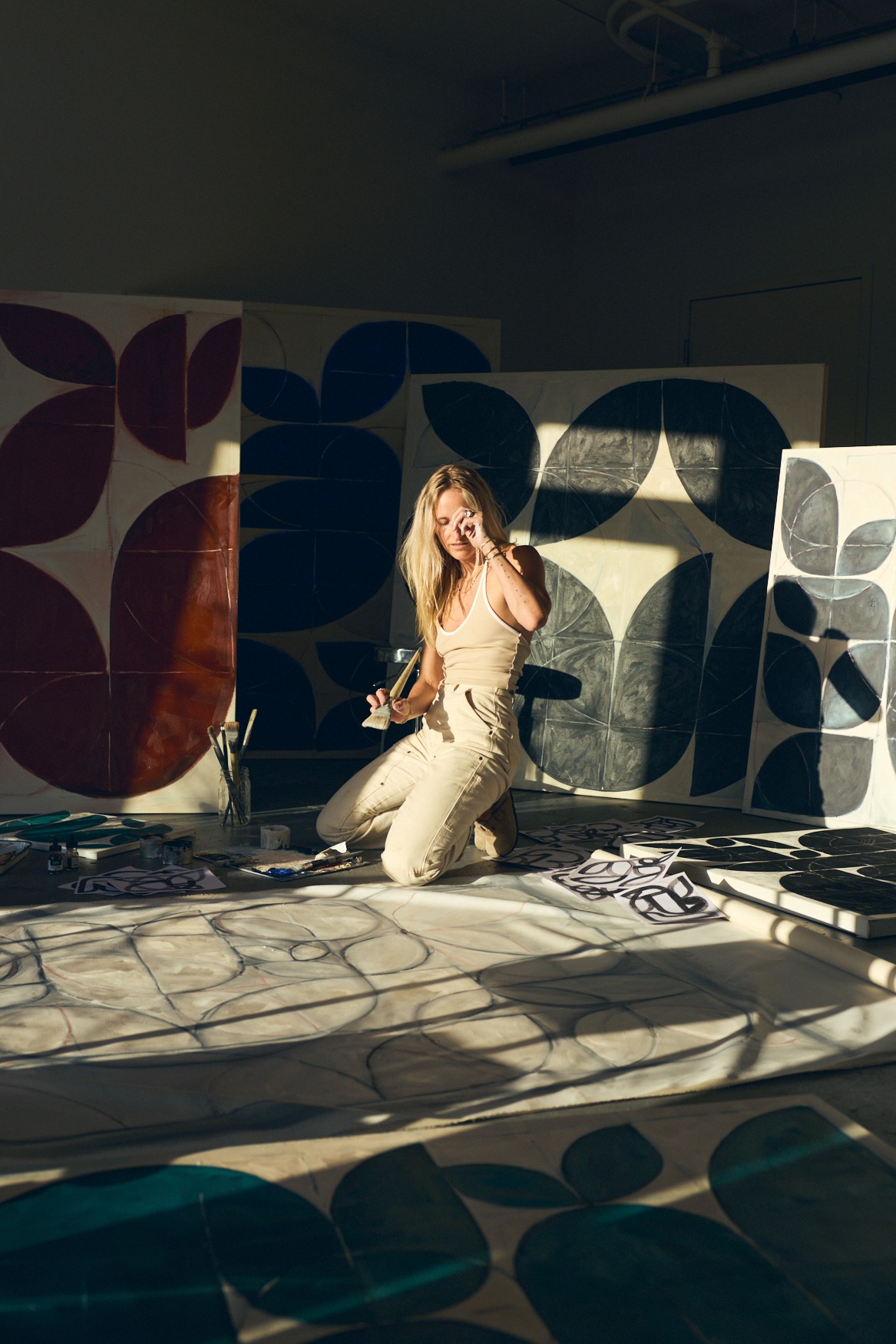
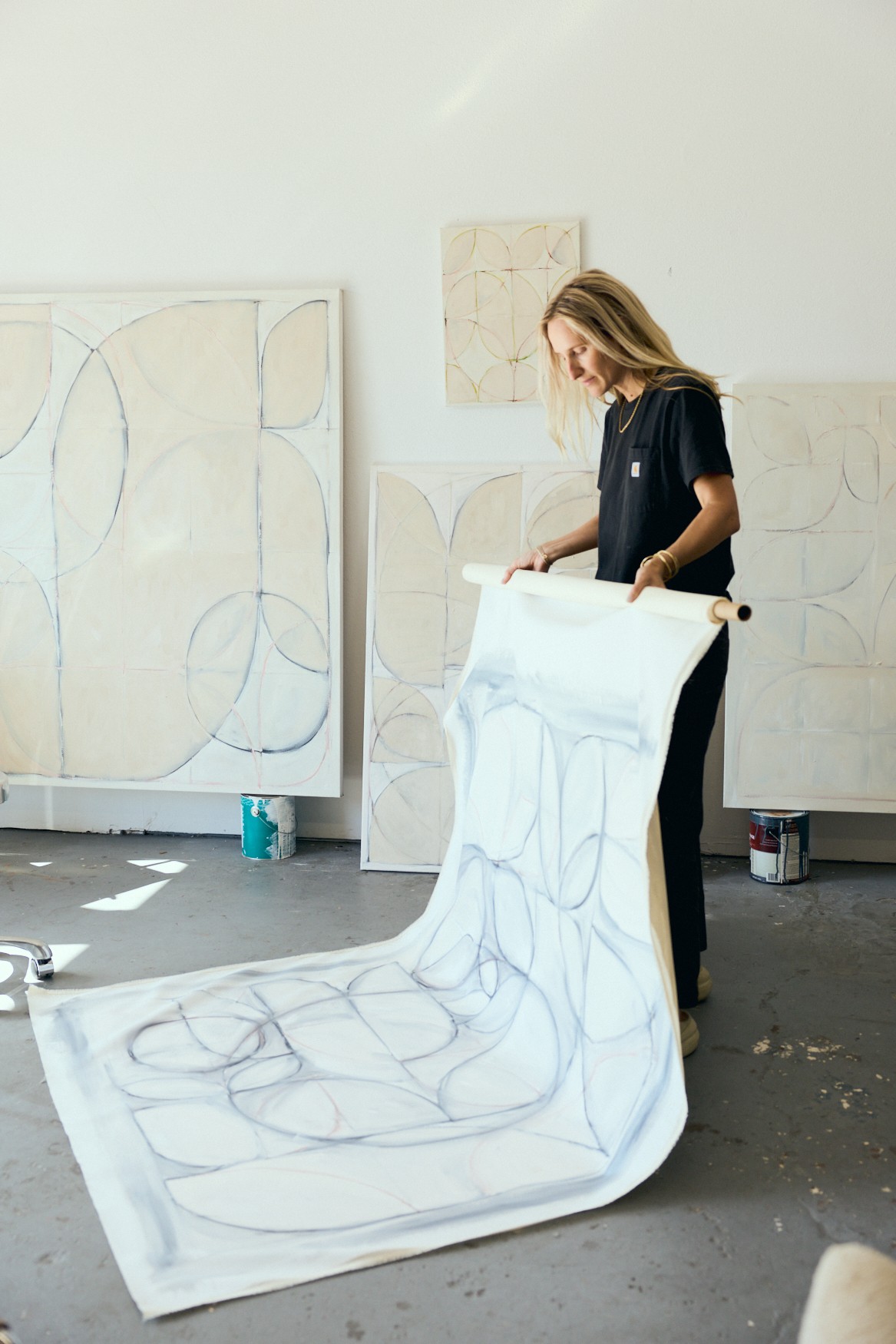
Great, appreciate you sharing that with us. Before we ask you to share more of your insights, can you take a moment to introduce yourself and how you got to where you are today to our readers.
I’ve been painting since I was a teenager, but my current work has crystallized around something that feels both deeply personal and universal: the under-appreciated love and labor of women, told through the visual language of quilting.
This connection comes naturally to me. My background is in fashion, and textiles have always spoken to me. But it’s also profoundly rooted in my own family story. My grandmother is a quilter, and growing up, I witnessed the sacred economy of women’s work—how clothing was handed down, mended, resewn, worn until it couldn’t be worn anymore, and then transformed. Those final scraps, the remnants of dresses and shirts that had clothed generations, became quilts in her hands. Each quilt was a living narrative, holding the stories of my family stitched together into something functional and beautiful. That act of preservation and creation, that refusal to let anything be wasted or forgotten—it has always stuck with me.
My oil paintings are geometric interpretations of this concept and explore this territory of craft and other forms of “women’s work” that American culture has historically undervalued. I’m interested in recentering the narrative on the female experience and perspective, creating a visual world where this labor is recognized not as secondary or domestic, but as fundamental and powerful.
My dyslexia also informs the work in ways I’m still discovering. It’s taught me about the intelligence of alternative pathways, the ones that don’t get celebrated or even recognized in traditional systems. There’s a quiet, persistent work involved in translating your inner language into something the world can understand, and I think that struggle—that translation—lives in the paintings. It’s about honoring ways of knowing and creating that exist outside the mainstream, the underappreciated forms of intelligence that women have always carried.
What sets my work apart is this intersection of personal history, formal exploration, and cultural reclamation. I’m not just painting patterns—I’m painting legacy, memory, resilience. I’m painting the hands that made something from nothing, over and over again.
What I want people to know is that when you look at my work, you’re looking at an act of remembering and honoring. You’re looking at the spaces between things—between scraps of fabric, between generations, between what’s valued and what’s invisible. And I’m deeply proud to be creating work that says: this matters. These stories matter. This labor, this love, this quiet persistence—it all matters.
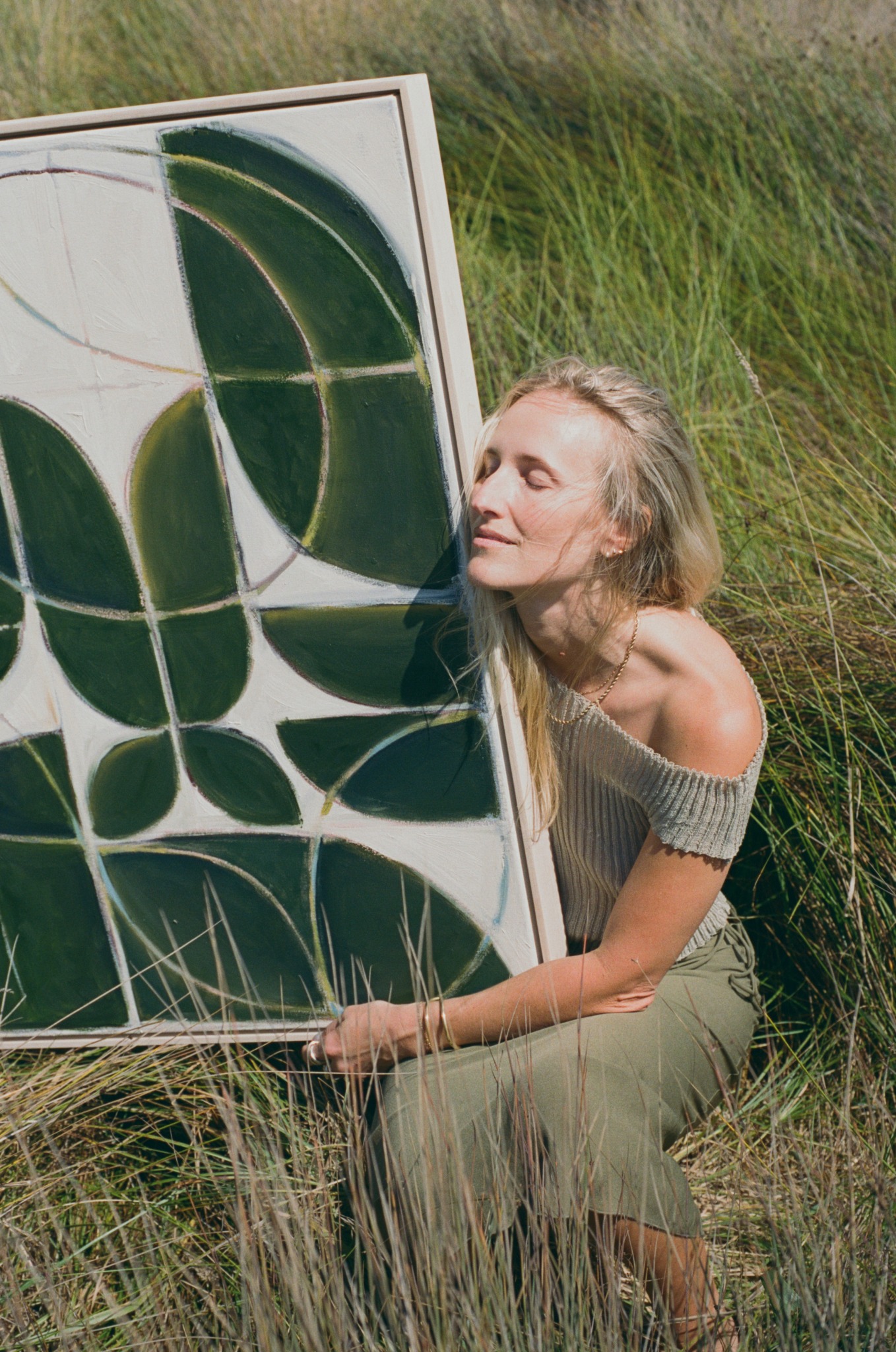

What do you find most rewarding about being a creative?
The process of creating art is unlike anything else in this world. To live in the space of the creator—it’s a kind of communion. Yes, I have deadlines and schedules, the practicalities of running a practice, but the act of creating itself is making something from nothing. It often feels like being in touch with spirit, like channeling something larger than myself, like reaching out and touching the truth of a cloud. It’s almost scientific in a way, drilling down to the molecular level where things stop being what we call them and become pure potential.
It’s an unknowable experience, and I’m so lucky to be part of it.
The hardest part, honestly, is switching from that state to the state of selling and promoting and logistics—the very grounded, earthbound work of running an art business. But I’m grateful for the experience I’ve gained over the years. I’ve learned to find pleasure in those logistics too, to see them as another form of care for the work. They’re what allow me to keep returning to that sacred space of creation, so even the spreadsheets and emails become part of the larger practice.
But nothing—nothing—compares to standing in front of a canvas and feeling that portal open.

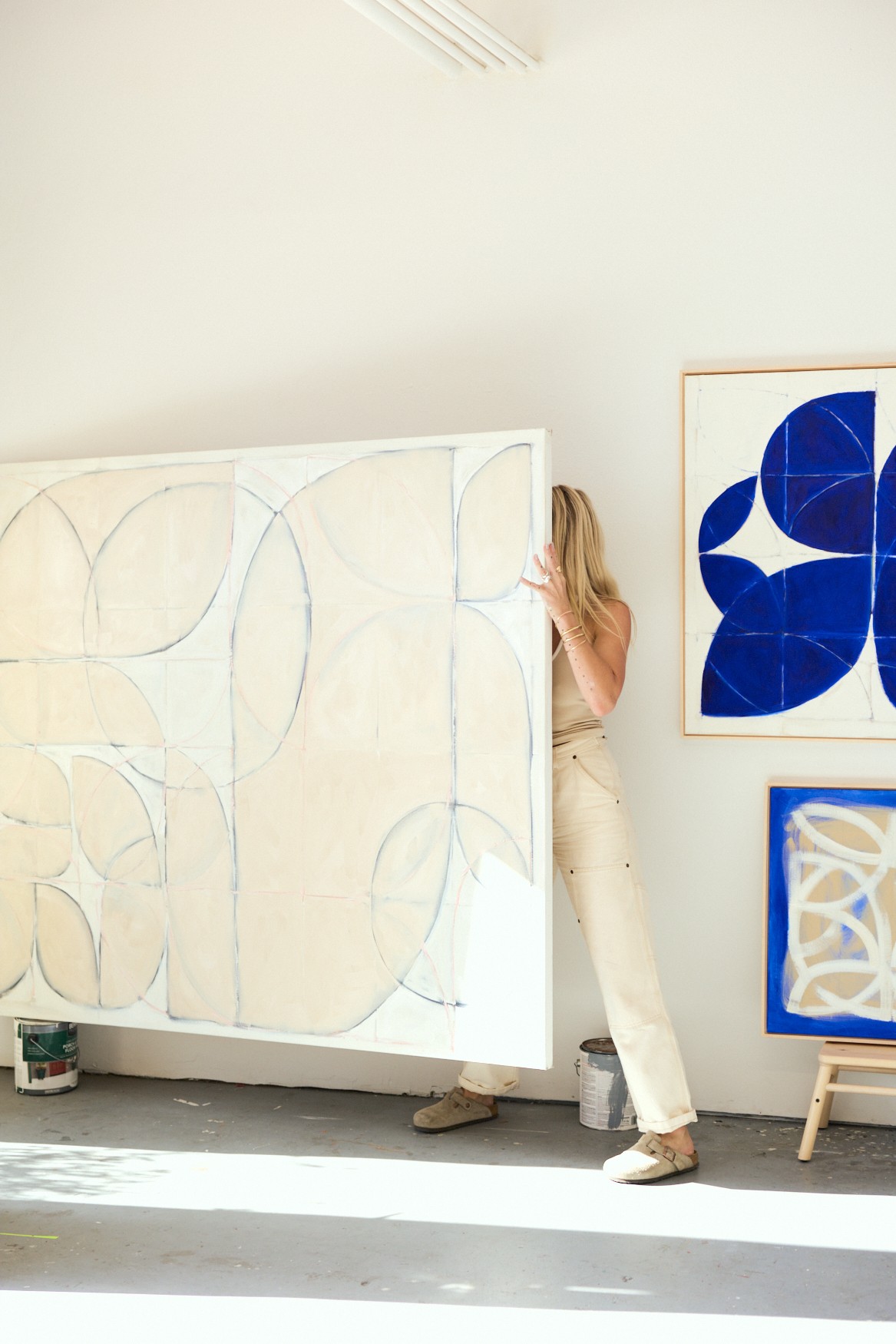
Looking back, are there any resources you wish you knew about earlier in your creative journey?
An art inventory management system is so worth it! I use Art cloud. It’s made it so much easier to keep track of my body of work as well as share it in a professional way with collectors and galleries.
Contact Info:
- Website: https://hannah-franco.squarespace.com
- Instagram: https://www.instagram.com/hannahfrancofineart/
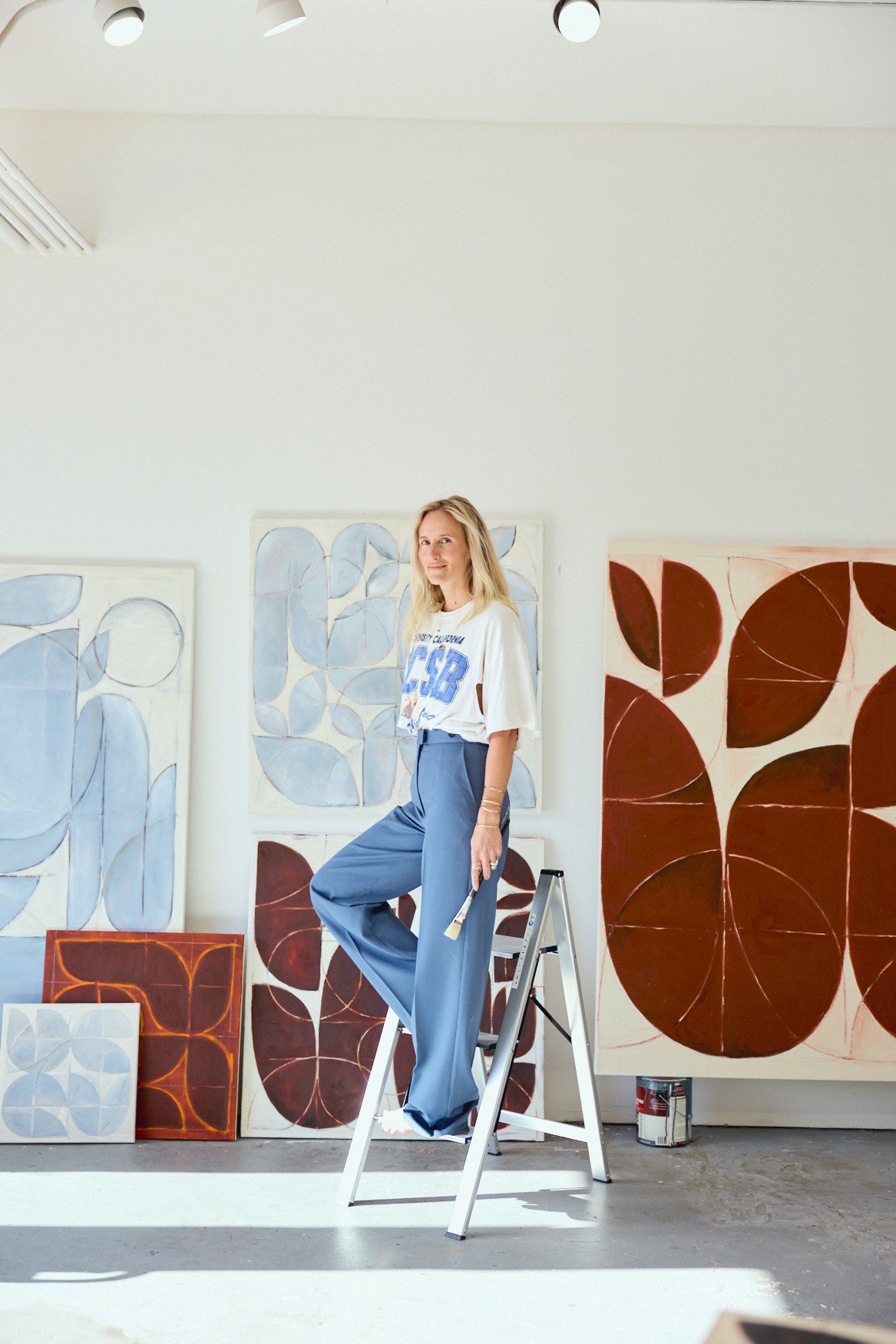
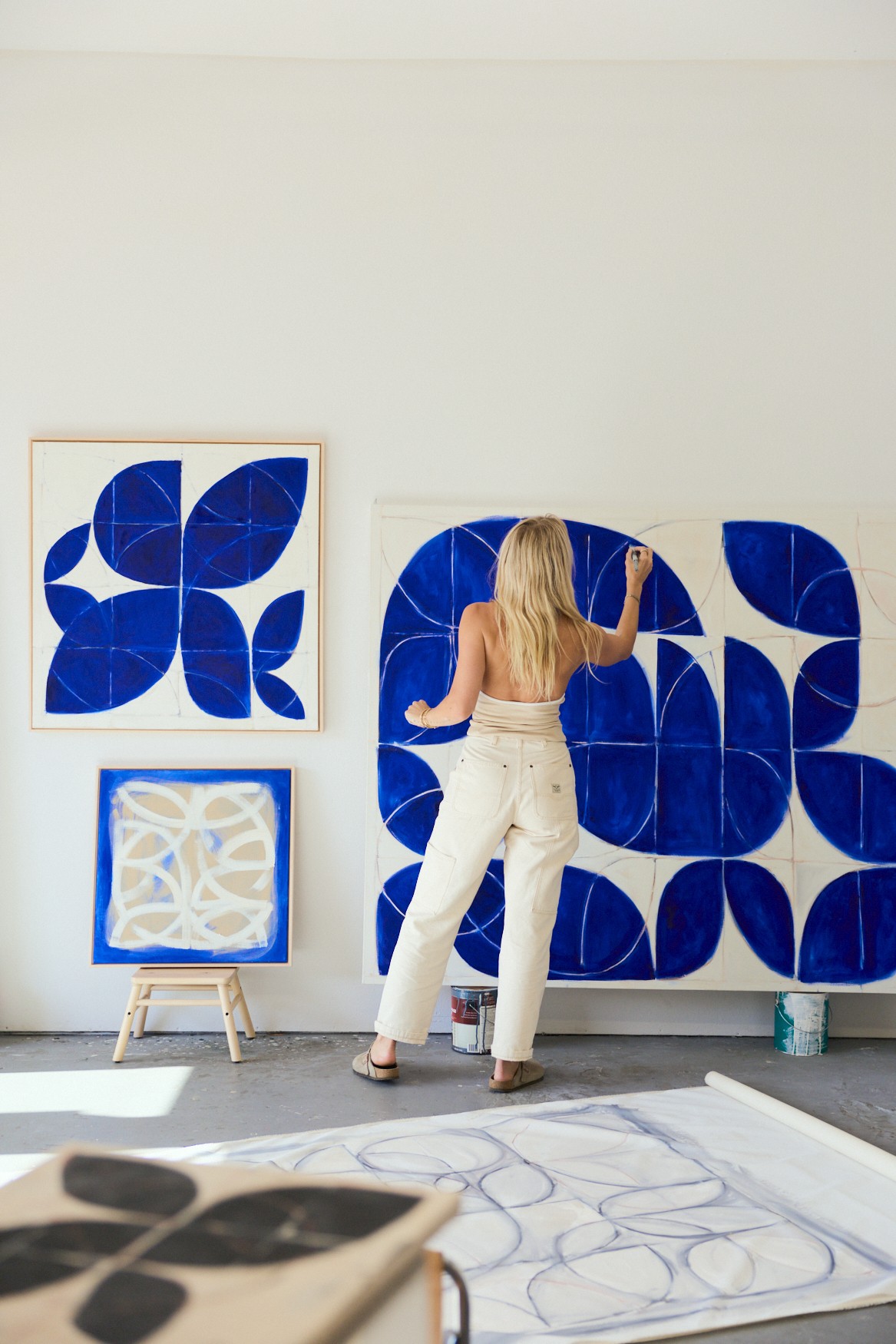
Image Credits
Kirby Stenger


